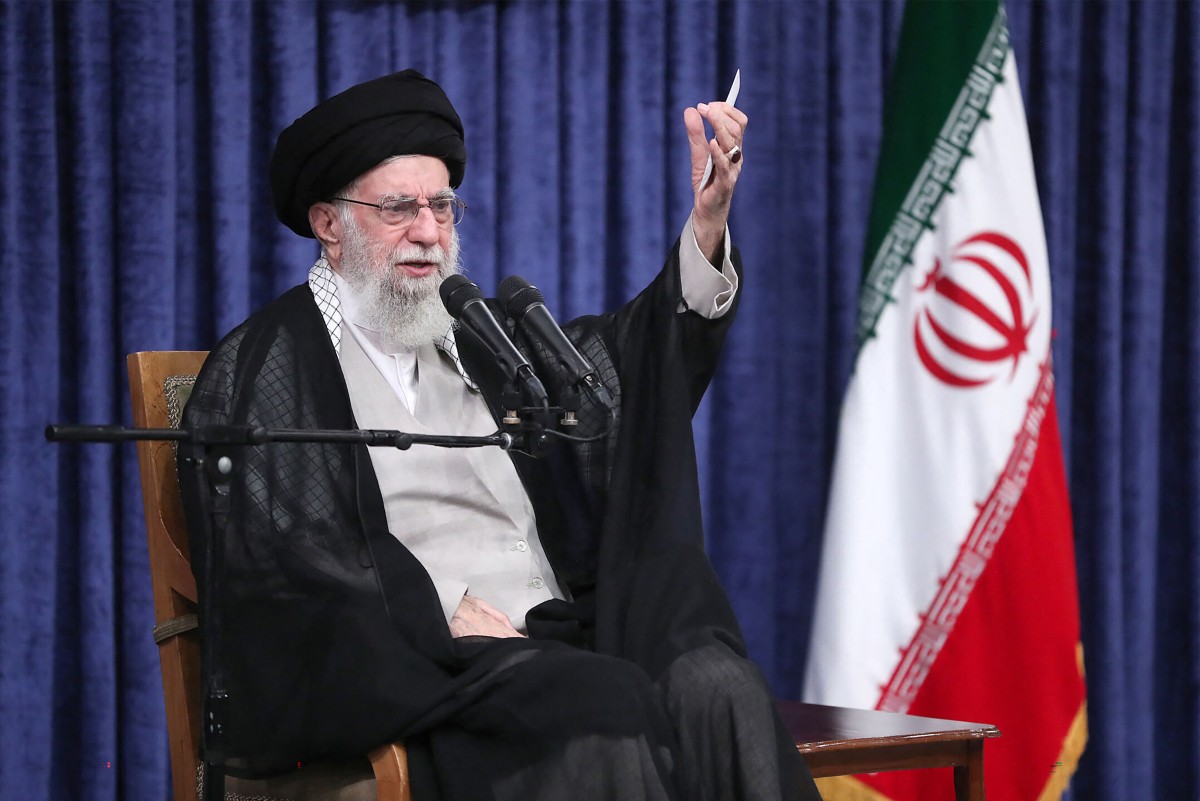Tehran, Iran – Iran has replaced the air defence systems damaged during its 12-day war with Israel last month, a senior army general said on Sunday according to state media.
Israel’s attacks targeted military infrastructure and nuclear facilities across Iran.
On June 22, Israel’s ally the United States also carried out unprecedented strikes on Iranian nuclear sites at Fordo, Isfahan and Natanz.
The full extent of the damage to Iran’s nuclear programme remains unclear.
US President Donald Trump has insisted the sites were “completely destroyed”, but US media reports have cast doubt on the severity of the damage.
On Friday, NBC News, citing a military damage assessment, reported that only one of the three sites was mostly destroyed.
A ceasefire between Iran and Israel has been in effect since June 24.
After the truce was announced, Israeli Prime Minister Benjamin Netanyahu vowed to prevent Iran from rebuilding its nuclear capabilities, raising the prospect of renewed conflict.
Earlier in July, Israeli Defence Minister Israel Katz said Israel was formulating a plan to “ensure that Iran cannot threaten Israel again.”
Katz said the military had to maintain its “air superiority over Tehran, the ability to enforce restrictions on Iran and prevent it from rebuilding its capabilities”.








